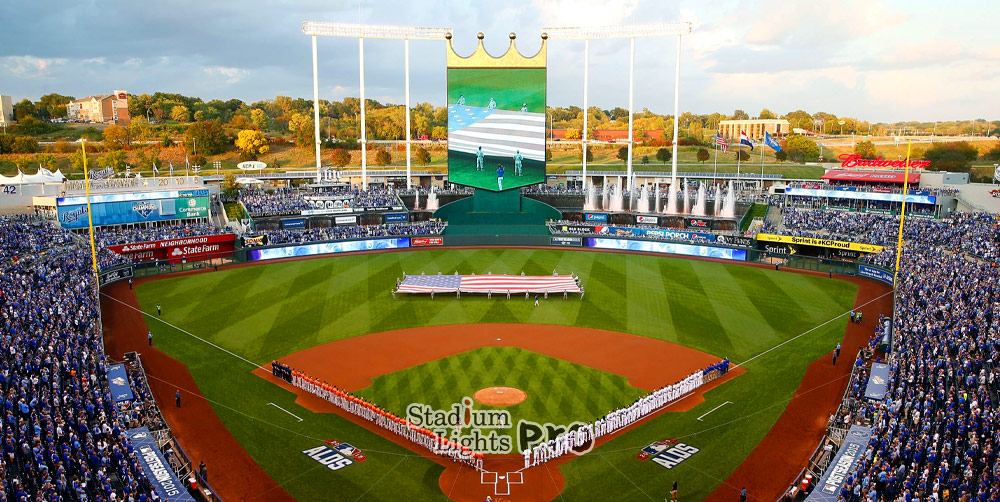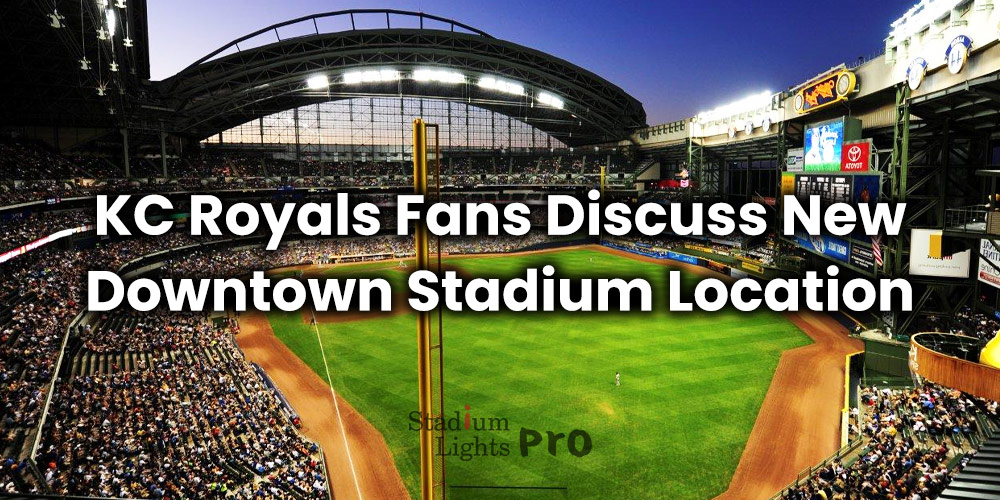As the owner of the Kansas City Royals, John Sherman’s primary focus is on his team’s daily performance, disregarding future locations, despite their ongoing rebuilding phase and last year’s nearly 100 game losses. Sherman prioritizes maximizing the team’s present potential. On the other hand, many Royals supporters prioritize the organization’s long-term plans for a new downtown ballpark over individual player performances such as Bobby Witt Jr. or Brady Singer’s potential to become a staff ace. These fans are more interested in the future venue’s impact on the city rather than the team’s performance on any given day.
Sherman, the owner of the Kansas City Royals, is giving careful thought to the downtown ballpark as his second option because he understands the immense weight of this decision on the team’s future. According to him, it could be the most critical decision made during his tenure.
During the Royals’ final practice session before opening day, Sherman stressed the complexity of the decision-making process and acknowledged his eagerness to move forward, as well as the fans’ desire for progress. He recognizes that any decision concerning the team’s future home demands thoughtful consideration.

Kauffman Stadium, the Royals’ home for the past 50 years, was built at the same time as Arrowhead Stadium, where the Kansas City Chiefs won the Super Bowl. Despite its futuristic design, which was unique at the time of construction, and the era’s preference for concrete, multi-sport stadiums, Kauffman Stadium has become a beloved destination for Royals fans and visitors.
Despite undergoing multiple renovations in the past, the concrete that supports the ballpark has deteriorated and is now beginning to crumble in certain areas. This has resulted in expensive repairs and maintenance costs that are no longer feasible for the Royals. As a result, the team has decided to build a new stadium.
Apart from constructing a new stadium, the Royals have announced plans to develop an entire entertainment hub around it, similar to The Battery Atlanta and Ballpark Village. This would include restaurants, bars, and stores, creating a lively area for fans to enjoy before and after games.
While the location of the new stadium and development has not yet been confirmed, downtown Kansas City is among the possible sites. The region has already experienced a successful period of urban revitalization due to the Power & Light District and T-Mobile Center, and the addition of a new stadium and development could further enhance the area’s rejuvenation.
The cost of constructing the new stadium and development is projected to be approximately $1 billion each. Private funding would cover the bulk of the costs, according to Sherman, although public financing may also be required. In such a case, a vote would be necessary, with the earliest date being August. To secure public funding, the Royals would need to make a strong argument for how the development would contribute to the local economy and community.
Sherman, who took over ownership of the Royals just before the pandemic hit, is impressed by Atlanta’s ability to transform a piece of raw land into a successful venture. He sees this as a potential blueprint for the Royals to follow, despite being one of the smallest-market teams in baseball. By replicating Atlanta’s approach, Sherman believes the Royals can increase their revenue and become more competitive. He recognizes that securing and extending the core of a team’s future is crucial for success in baseball, as demonstrated by the Braves’ current position.
Sherman believes that by adopting this strategy, the Royals can achieve similar results and position themselves for long-term success. In essence, Sherman’s philosophy centers on a combination of performance and future planning, with the potential for increased revenue being a crucial aspect of achieving success.
The topic of constructing a downtown stadium for the Royals team is a contentious issue that evokes intense emotions among fans. While some are ardent supporters of the idea, others are strongly opposed. Those in favor of a downtown stadium point to the city’s continuous growth and the sense of community that it could foster among the locals as the primary reasons. They argue that the stadium would become a central hub for community events and activities that could bring people together.
On the other hand, those against a downtown stadium raise several concerns, including the potential for increased expenses, traffic congestion, crime, and limited parking availability. They argue that a stadium in that area could exacerbate existing traffic problems and make it harder for people to access the city’s downtown core. Moreover, there are concerns that the construction of a stadium would require the removal of existing parking spaces, which could significantly impact the parking availability in the area.

